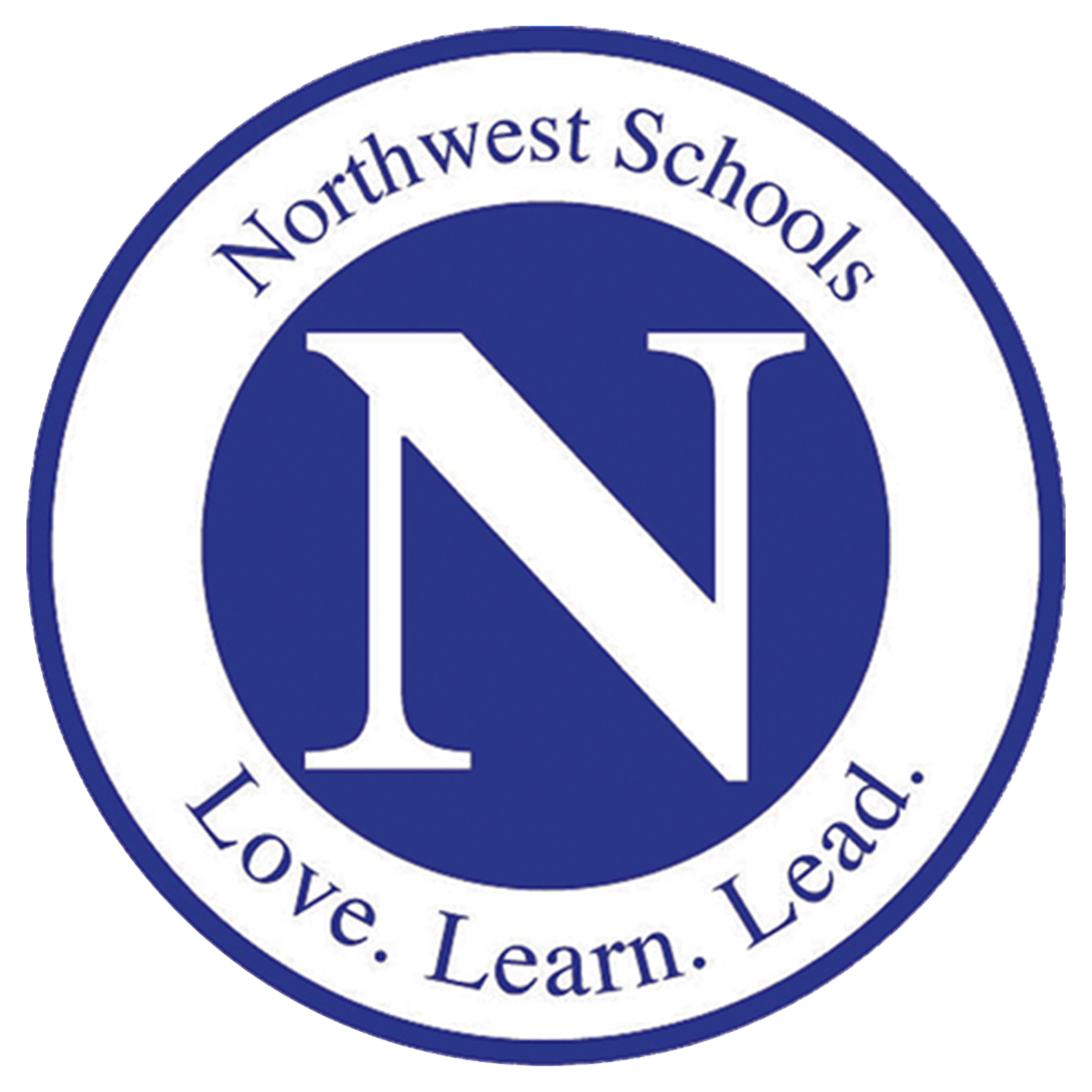Cedar Springs Elementary
Response To Invervention
Response to Intervention (RTI) is a multi-tier approach to the early identification and support of students with learning and behavior needs. The RTI process begins with high-quality instruction and universal screening of all children in the general education classroom. Struggling learners are provided with interventions at increasing levels of intensity to accelerate their rate of learning. These services may be are provided by RTI teachers. Progress is closely monitored to assess both the learning rate and level of performance of individual students. Educational decisions about the intensity and duration of interventions are based on individual student response to instruction. RTI is designed for use when making decisions in both general education and special education, creating a well-integrated system of instruction and intervention guided by child outcome data.
For RTI implementation to work well, the following essential components must be implemented with fidelity and in a rigorous manner:
High-quality, scientifically based classroom instruction. All students receive high-quality, research-based instruction in the general education classroom.
Ongoing student assessment. Universal screening and progress monitoring provide information about a student’s learning rate and level of achievement, both individually and in comparison with the peer group. These data are then used when determining which students need closer monitoring or intervention. Throughout the RTI process, student progress is monitored frequently to examine student achievement and gauge the effectiveness of the curriculum. Decisions made regarding students’ instructional needs are based on multiple data points taken in context over time.
Tiered instruction. A multi-tier approach is used to efficiently differentiate instruction for all students. The model incorporates increasing intensities of instruction offering specific, research-based interventions matched to student needs.
Parent involvement. Schools implementing RTI provide parents information about their child’s progress, the instruction and interventions used, the staff who are delivering the instruction, and the academic or behavioral goals for their child.
Three-Tiered Model
Though there is no single, thoroughly researched and widely practiced “model” of the RTI process, it is generally defined as a three-tier (or three-step) model of school supports that uses research-based academic and/or behavioral interventions. The Three-Tier Model is described below.
Tier 1: High-Quality Classroom Instruction, Screening, and Group Interventions
Within Tier 1, all students receive high-quality, scientifically based instruction provided by qualified personnel to ensure that their difficulties are not due to inadequate instruction. All students are screened on a periodic basis to establish an academic and behavioral baseline and to identify struggling learners who need additional support. Students identified as being “at risk” through universal screenings and/or results on state- or districtwide tests receive supplemental instruction during the school day in the regular classroom. The length of time for this step can vary, but it generally should not exceed 8 weeks. During that time, student progress is closely monitored using a validated screening system such as curriculum-based measurement. At the end of this period, students showing significant progress are generally returned to the regular classroom program. Students not showing adequate progress are moved to Tier 2.
Tier 2: Targeted Interventions
Students not making adequate progress in the regular classroom in Tier 1 are provided with increasingly intensive instruction matched to their needs on the basis of levels of performance and rates of progress. Intensity varies across group size, frequency and duration of intervention, and level of training of the professionals providing instruction or intervention. These services and interventions are provided in small-group settings in addition to instruction in the general curriculum. In the early grades (kindergarten through 3rd grade), interventions are usually in the areas of reading and math. A longer period of time may be required for this tier, but it should generally not exceed a grading period. Students who continue to show too little progress at this level of intervention are then considered for more intensive interventions as part of Tier 3.
Tier 3: Intensive Interventions and Comprehensive Evaluation
At this level, students receive individualized, intensive interventions that target the students’ skill deficits.

Monica Gronemeyer

Ryan Judd

Jill Vogt

Kristina Passenheim
BWE and ME

Sarah Smith
Taylor Haas
HRE and HSE
Julie Spahr
Brennan Woods Elementary
Stacey Waldeier
High Ridge Elementary
